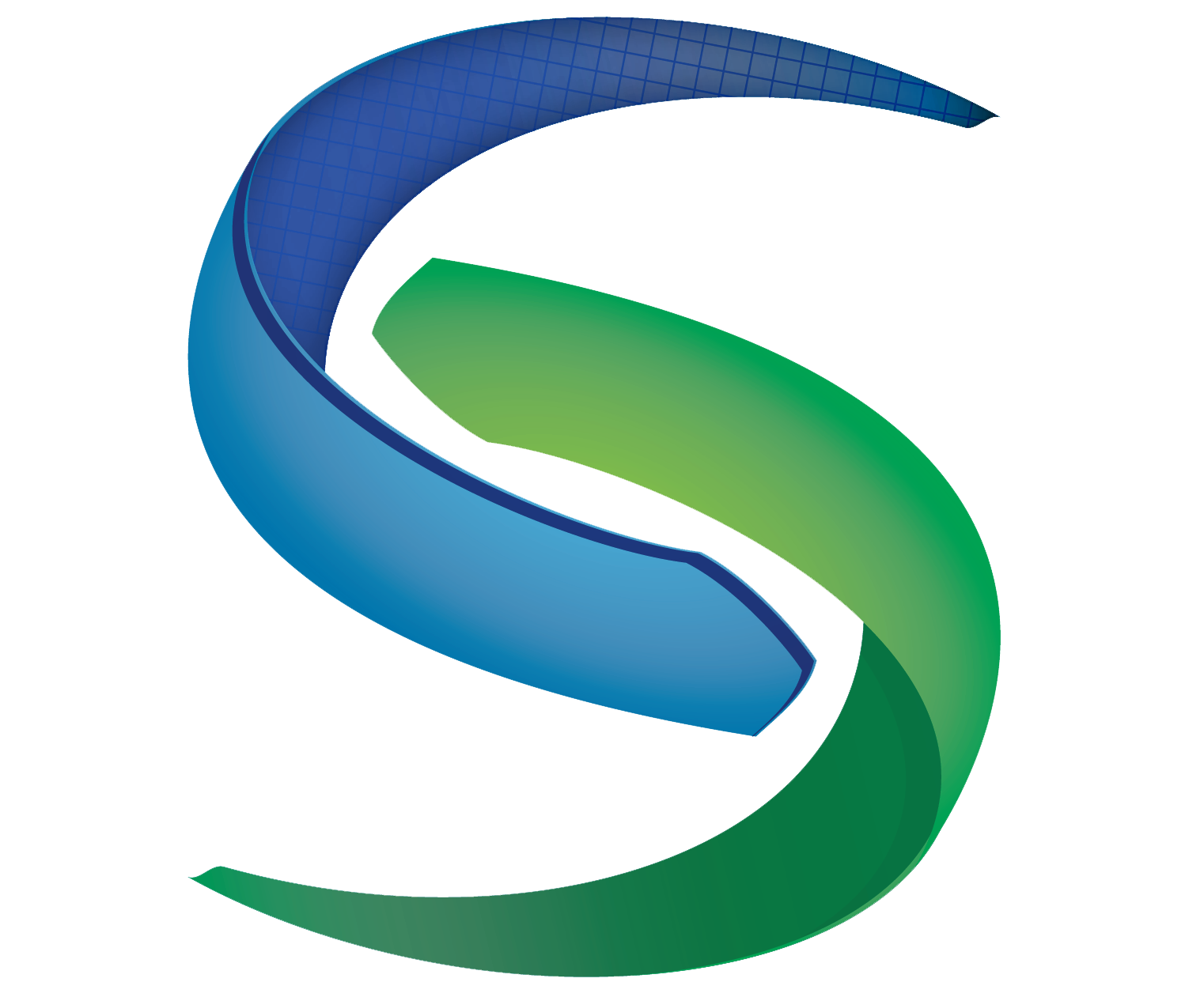SlicerSALT 6.0 Introduces new Evolutionary Skeletal Model Fitting

As part of the recent SlicerSALT 6.0 release, we have added new functionality to the SlicerSkeletalRepresentation extension: the EvolutionarySRep module which implements a new and improved alternative to the approach of the existing SRepCreator/SRepRefiner modules.
Both the older and newer methods for s-rep fitting take the same basic two-stage approach. In the forward step, we use a curvature flow-based method to deform the target object into an ellipsoid, which we can directly compute the s-rep of.
Then, in the backward step, we compute the inverse deformations between each of the stages (typically ~40) of the forward flow and use them to progressively warp the ellipsoid s-rep back into the target.
The new method adds several important improvements which produce much improved s-rep fits. First, for the forward flow, we replace our basic curvature flow with a conformalized mean-curvature flow that does a better job at avoiding singularities in the resulting mesh. For the backward flow, instead of using thin plate splines we use an LDDMM-based method. This is a much more flexible framework that does not rely on pointwise correspondence on the meshes. Additionally, we augment the previous surface-based deformation approach with additional geometric features. Specifically, we generate separate representations for the object’s crest, a curve around the equator of the object which is a particularly important feature for s-rep fits. We also include the ellipsoid vertices and their analogous points throughout the evolution. Including these features ensures that the resulting s-rep both represents the object’s boundary as a whole while also generating good correspondence of these important geometric properties.
To test this new method, we analyzed a set of 177 hippocampi segmented from MRIs of 6 month old children who have autistic siblings. 34 of these children went on to develop autism themselves, while 143 did not. The goal of the study is to determine whether there are shape features which can be useful for early detection of autism. We fit s-reps to each hippocampus using our improved method and trained a classifier to distinguish between the two groups. We obtained a 0.73 AUC, a strong result on this difficult dataset and much improved from previous s-rep and other shape studies we have conducted. In addition to producing better s-reps, the computation can be up to 25% faster than the previous methods.

This method is further described in the paper Interior Object Geometry via Fitted Frames and is now available in SlicerSALT as part of the EvolutionarySRep module. The source code for this work can be found here.
Acknowledgements
SlicerSALT is made possible through contributions from a multidisciplinary team from Kitware, NYU Tandon School of Engineering and University of North Carolina at Chapel Hill. The development of SlicerSALT is supported by the NIH National Institute of Biomedical Imaging Bioengineering R01EB021391 (Shape Analysis Toolbox: From medical images to quantitative insights of anatomy).
Get in touch!
These improved skeletal representation fits via comformalized mean-curvature flow is an example of the custom algorithm development and implementation that Kitware can tailor to your particular application. Contact us online or at kitware@kitware.com to learn how we can help you integrate custom medical computing algorithms into your research, processes and products.